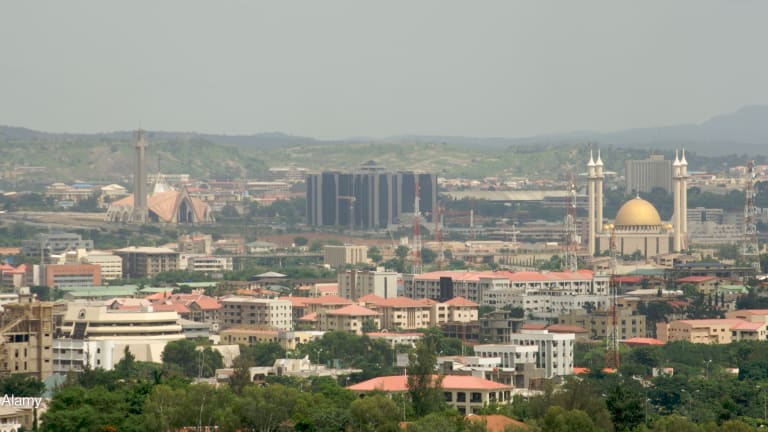When disaster hits, emergency staff are deployed at a moment’s notice to assess, manage, and implement the response. Whether an outbreak of war, natural disaster, political unrest, disease, or famine, emergency response teams are the first on the ground to assist with relief efforts and help communities affected in the aftermath.
Aid workers deployed in emergency situations face some of the harshest and most challenging living and working conditions — and can be deployed for any period of time, ranging from a few weeks to a number of months. Staff may also face their own challenges in such strenuous situations, particularly female responders who make up the minority of disaster response staff.
Those deployed work in teams to deliver aid on the ground, while more senior staff manage operations and report back on progress to head offices. Emergency roles can range from doctors and medics to technical officers and emergency response directors.








